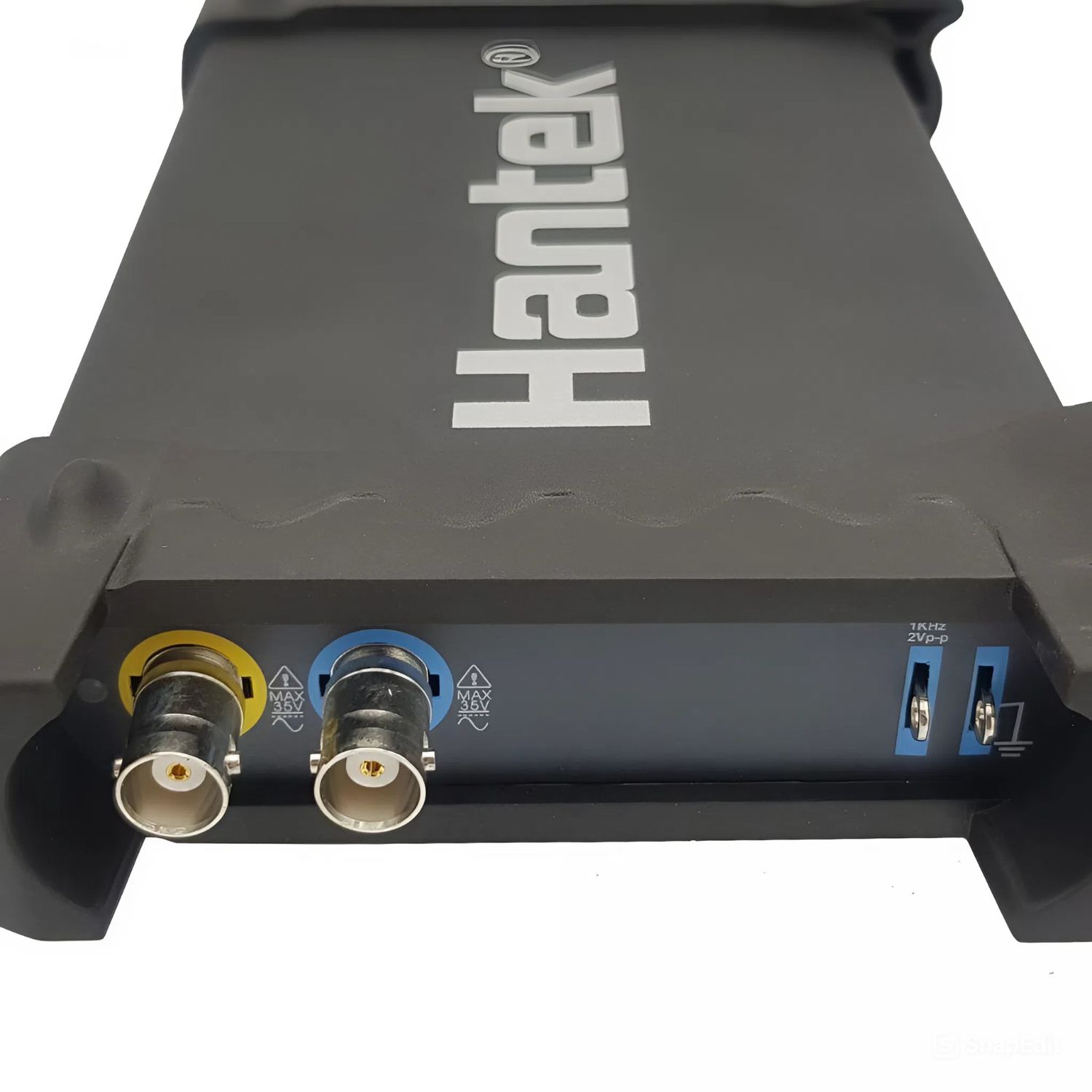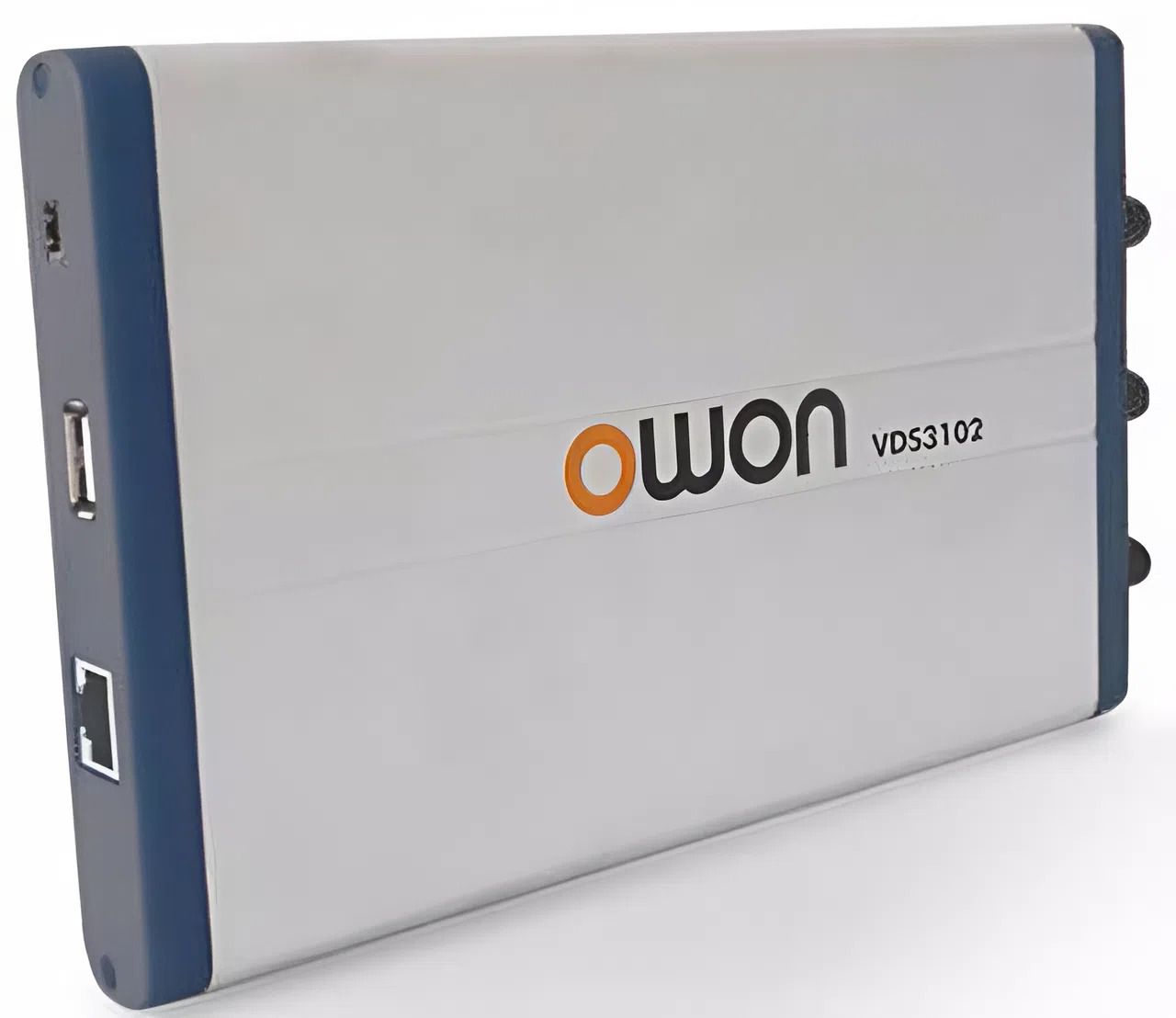PC Oscilloscope
What criteria are important when choosing a PC oscilloscope?
In the field of electrical measurement, PC oscilloscopes stand out thanks to their reasonable cost and flexible connectivity and display capabilities on computers. But which PC oscilloscope is right for you? Discover the most important criteria to help you choose the right device with the right functions.
Why are PC oscilloscopes chosen by many engineers?
A PC oscilloscope is an electronic waveform measuring device, taking signals from circuits and displaying them directly on a computer screen through dedicated software.

Outstanding advantages of PC oscilloscopes:
- Direct connection to computer, sharp display, easy to observe.
- Easy to store and share waveform data.
- Usually lower cost than traditional oscilloscopes while still ensuring basic and advanced measurement features.
- Flexible to use in labs, production workshops, and field sites thanks to its compactness.
Important criteria when choosing a PC oscilloscope
Bandwidth:
This is the most important criterion when choosing a PC oscilloscope. Bandwidth determines the maximum frequency range that the device can measure accurately. A common rule from well-known manufacturers such as Pico Technology, Keysight, Owon,... is that the oscilloscope bandwidth should be at least five times the frequency of the signal to be measured. Example: If you want to measure a 20MHz signal, you should choose a PC oscilloscope with bandwidth from 100MHz.
Sampling rate:
The sampling rate determines the ability of the PC oscilloscope to capture and display accurate waveforms. The faster the sampling (for example: 1 GSa/s – 1 billion samples per second), the smoother the waveform obtained, even with high-frequency signals. When testing signals with sudden changes, fast sampling helps clearly detect pulses, jitter, or small errors in digital or control circuits.
Number of channels & integrated features:
PC oscilloscopes can have from 1, 2, 4, or even 8 channels, depending on the need for signal analysis. If you need to monitor and compare multiple signals at the same time (for example, analyzing I2C, SPI, UART buses, or measuring multiple electrical phases simultaneously), you should prioritize models with multiple channels to save time and increase efficiency.
Memory depth and extended features:
The larger the memory depth, the more waveform segments a PC oscilloscope can store without cutting off data. This is an advantage when long waveforms need to be analyzed or abnormal cycles recorded. In addition, features such as FFT analysis, flexible triggering, and protocol decoding are also major advantages when choosing an oscilloscope.
When choosing a suitable PC oscilloscope, it is necessary to consider important criteria such as bandwidth, sampling rate, number of channels, memory depth, and extended features. Understanding these factors will help users optimize work efficiency, save costs, and ensure meeting the correct technical requirements in each practical application.

In addition, EMIN distributes a wide range of PC oscilloscopes from leading global brands, with many options in bandwidth, sampling rate, and number of channels, allowing customers to easily find the right model for study, research, or industrial applications.
Learn more about PC Oscilloscope models here
-
-
-
-
-
-
-
-
-
-
-
-
-
-
-
-
-
-
-
-
-
-
-
-
